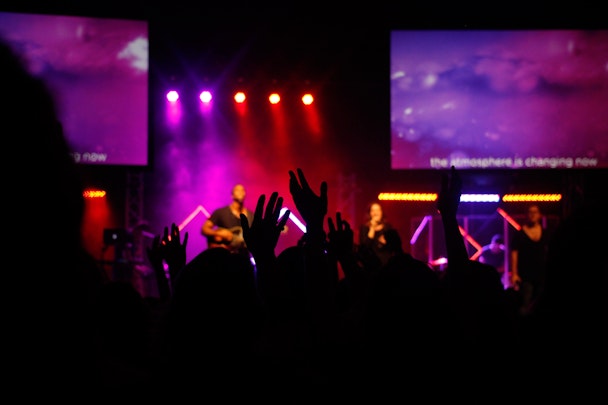Four reasons why brands should have a music streaming strategy
Too often, marketers take a pass on digital audio because they don’t have a "music initiative or music strategy.” But a music strategy is every bit as critical to success as a “social media strategy” or an “email strategy” or a “location-based strategy” in today’s marketplace.

Music
Marketers want to connect with an audience. And we know what audiences are doing: listening to music. A music strategy is an audience strategy. An audience strategy is a music strategy. And -- fortunately for advertisers -- it’s always game on when it comes to streaming music.
Here are four big things that digital audio delivers:
1. Engagement. Today’s streaming music technology, combined with more choices of music and more ways for consumers to pursue personalization and discovery, has created a massively engaged audience. For marketers targeting millennials or “Gen Z,” it’s even more important. In fact, this desirable demographic is discovering and enjoying music differently than the generations before them: they spend on average 25 hours a week streaming music, according to Vevo’s recent “Music Fan Report.” And in a release of data from earlier this year, Edison Research found that for the first time, among 18-24 year olds, streamed audio surpassed broadcast radio in time spent listening.
2. Attention. Music has a special ability to “break through to the brain.” While most marketers focus on what people are seeing with their eyes, what people hear through their ears may command more attention since we now live in “the earbud generation.” And while the brain will work to try to comprehend everything it’s seeing, it can only process one auditory message at a time. That means music can cut through the clutter.
The Las Vegas Convention and Visitors Authority (LVCVA) connected with listeners through a themed Vegas brand station—"24/7 Radio"—with timely audio messages deemed most relevant to listeners in selected feeder markets. The station featured a customized playlist filled with EDM artists who have residency shows in Las Vegas. Based on campaign analytics, LVCVA officials estimated their Pandora campaign created more than 150,000 incremental visits, representing over $110 million in incremental revenue for the city of Las Vegas.
3. Context. While advertisers struggle to come up with ways to reach audiences without interrupting them (a difficult task, indeed -- and the motivation behind ad blocking), streaming music makes it easier. How? Turns out, music is the soundtrack to people’s lives. In fact, a day in the life of an average Pandora listener includes multiple devices and a variety of activities: waking up to the Pandora alarm on their phones, listening in the car on way to work, listening on desktop during work hours, tuning in via mobile at the gym, and later while relaxing at home in the evening. Brands can benefit by integrating into people’s lives through music.
Anytime Fitness leveraged the lifestyle aspect of music on Pandora to promote its brand and drive foot traffic to specific locations. According to a post-campaign study conducted by Millward Brown, the campaign targeting fitness enthusiasts on mobile devices raised brand awareness by 22 percent, boosted offer awareness for "Free Saturday Workouts" by 44 percent and caused a surge in sign ups that exceeded target goals.
4. Resonance. Nielsen Catalina Solutions (NCS) provided evidence that audio may in fact be the most effective channel in delivering advertising ROI. In a 2014 study of ten national brands, it found that each $1 in advertising delivered a $6 sales lift on average. Additionally, Pandora has measured 11 CPG campaigns through NCS and has seen astounding results. On average, the 11 campaigns generated a +12% lift in incremental sales for the advertised products, and individual campaigns achieved up to a +32% sales lift. These results demonstrate that the power of audio is undeniable. Marketers should harness this opportunity to engage consumers in an emotionally and contextually relevant environment to deliver messages that resonate.
The Kellogg’s Pop-Tarts brand sought to deliver relevant audio messages to teenagers on Pandora to encourage them to consider Pop-Tarts as a breakfast option - with the goal of increasing sales among loyal and lapsed buyers. Thanks to a partnership with NCS, Kellogg’s was able to attribute actual in-store sales to the campaign – a 3X+ ROI, to be exact.
Music is known as the universal language of mankind. We believe that music is the universal language of marketing.
Heidi Browning is SVP of strategic solutions at Pandora. She tweets @Heidi_Golightly
